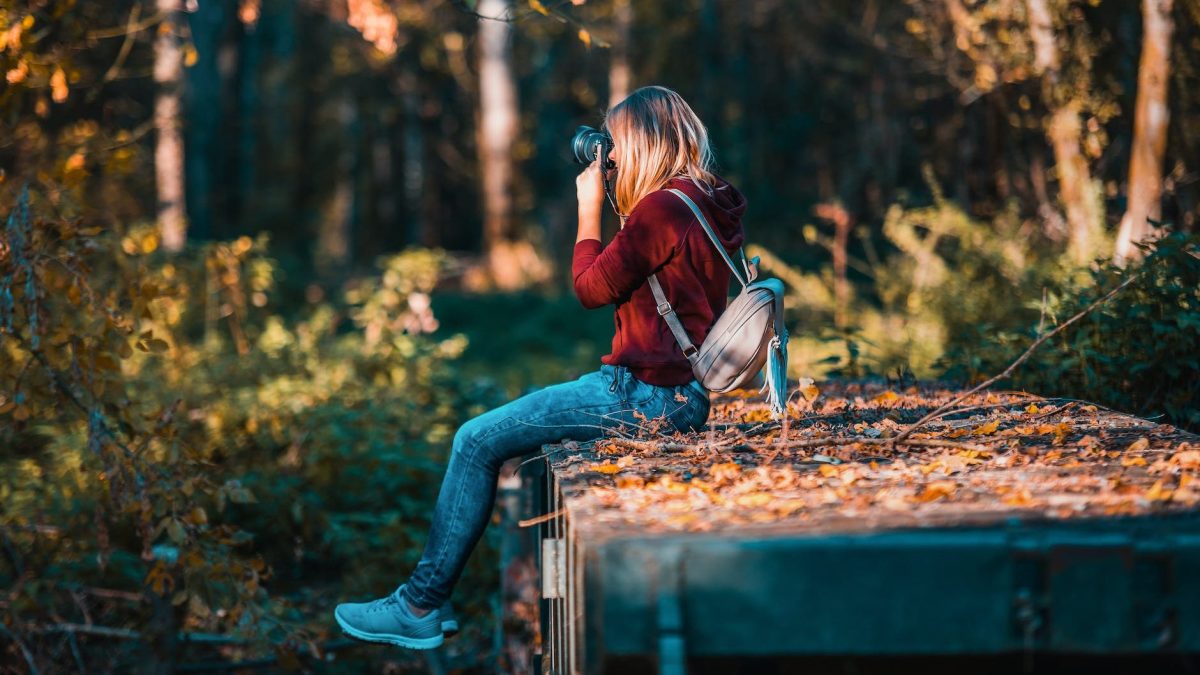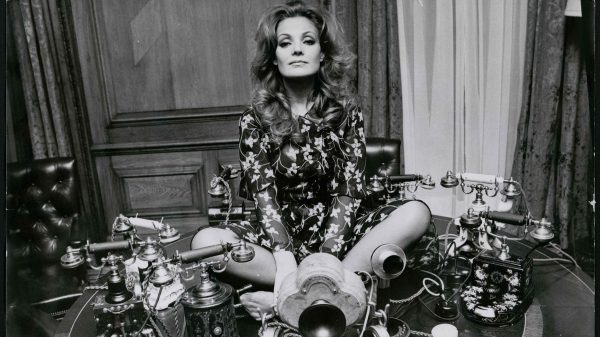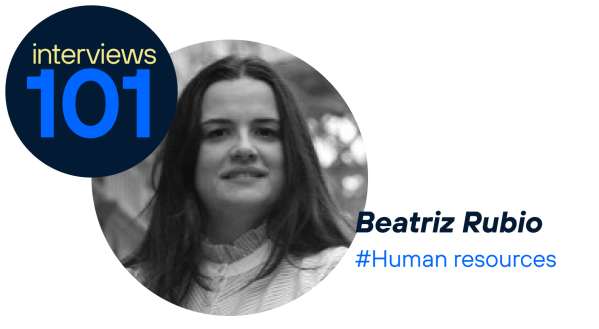This journey towards discovering and defining a unique visual identity not only enriches the quality of your work, but also imprints your personal brand in the field of art and visual communication.
In this post, we will delve into how photographers can forge their visual identity. To inspire you, I have selected a few photographers who inspire me, both well-known and not so well-known, but who are worth diving into.
Understanding visual identity
Visual identity in photography distinguishes one photographer from another through a series of visual elements that give his or her work immediate recognition. This can range from the selection of the subject, the composition of the image, the use and conditions of light chosen, the palette of colours, the editing of the photograph, etc.
Be consistent
Consistency is key to developing a visual identity. This does not mean that you should become a monotonous and repetitive creator (although if that is what you like, there would be no problem) but that you should show a predominant style that speaks of you, your vision and your sensibility, and all of this in a coherent way.
A good method to achieve this is a constant, very repetitive practice, with some critical analysis of your own work. Experimenting with different techniques and points of view, but trying to maintain a core that defines your personal style.
Inspiration and experimentation
To find your own voice, it is essential to seek inspiration from the work of others, but it is also crucial to experiment on your own. Inspiration can come from anywhere: from the work of famous photographers to art, nature, and everyday life. The key is to absorb as much as you can and then experiment with different techniques and subjects to see what resonates most with you.
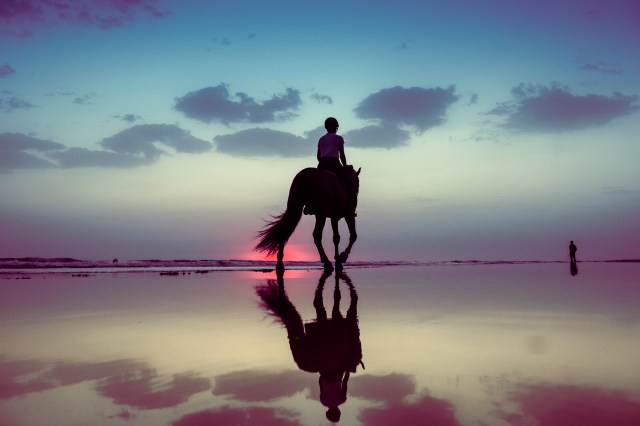
Photographers I recommend
I would like to give you some references of very interesting photographers so that you can observe their work and analyse their identity, I’m sure they will inspire you. I have selected three Spanish photographers and one British photographer, there are many more, hundreds, but these seem to me to be a good example of well-defined visual identities.
Alberto García Alix
The emblematic photographer of the Madrid movida, whom I had the privilege of meeting and visiting his studio on a couple of occasions. A complete artist, whose visual identity stands out for its intensity, honesty and his immersion in the alternative spheres of society. His powerful portraits demonstrate his ability to capture the essence, strength and rawness of his subjects, offering a unique perspective on the lives of bikers, artists and night owls, among others.
Alberto’s photography is exclusively in black and white, which gives his work a timeless quality. His direct and uncontrived approach facilitates a deep and personal connection with each sitter. It is precisely this strong identity that defines his work, as his photographs seem like intimate confessions that reflect both the personality of the subjects and certain aspects of himself.
To explore his work and career, you can visit his website.
Chema Madoz
Chema Madoz has been a photographer who has inspired me since I started, more than twenty years ago, with photography and graphic design. He is a conceptual artist who transforms everyday elements into visual poetry through his black and white still lifes. His works, of apparent simplicity, reveal a universal depth and are rich in interpretation, addressing themes such as time, cruelty and the ephemeral. Chema uses analogue cameras and natural light to create his works, something that is now completely obsolete but which, precisely, helps to establish that unique identity.
In this link you can learn more about Chema and see some of his work, although I also recommend you to get some of his books, they are real gems.
Victoria Huelin
Not everyone has to be an established artist. I met this young artist about ten years ago, and since then I have witnessed her wonderful evolution as a photographer. Victoria has a personal identity, capturing in her images a striking simplicity and an everyday beauty rich in detail, all thanks to her meticulous observation. Her portraits are intimate and full of meaning, reflecting a depth that goes beyond the apparent. To enjoy his work, I invite you to visit his Instagram and website.
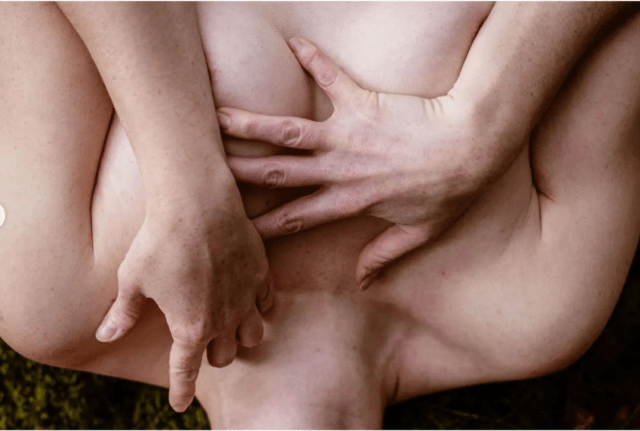
Platón Antoniou
The king of portraiture, an exceptional photographer at capturing the human essence in an unparalleled way. Noted for his intimate and revealing portraits of world leaders and celebrities, his visual identity is distinguished by a direct and minimalist approach, often choosing to set his subjects against simple backgrounds to minimise distractions and focus on the essence of the person.
What I consider most remarkable about his photographic technique is his method, as Plato places a special emphasis on creating an atmosphere of closeness with his subjects, making them appear open in front of the camera, which is something truly difficult to achieve.
I also think it is important to note his technique; although apparently simple and repetitive, it contributes significantly to his uniqueness, making his style particularly difficult to copy.
Tips for developing your own visual identity
- Your equipment doesn’t define you, but know it: I’m one of those who think that equipment doesn’t matter much if you have something to say, but I recommend that you familiarise yourself with your photographic equipment, experiment with settings and understand how each setting will be reflected in the different possible results.
- Go out and take photos: Photography, like any artistic discipline, is a skill that improves with practice. Take photos as often as you can, in as many styles and situations as possible. Over time, you will begin to see patterns repeat themselves in your work. Places, some kind of photography, colours, compositions, etc. …. and these patterns are what, almost magically, will define you.
- Be inspired and copy: Learn from those who have made their mark in the world of photography. Study not only their work, but also their processes and philosophies. What’s more, I recommend that you try to copy the work of those you like the most, this will help you to progress and build your own identity quickly and accurately.
- Find your style: You have to work at it, it won’t come overnight. Think about what excites you most, what you would like to show others and yourself. Whether it’s nature, street photography, portraits or something completely different, finding what you love is essential to developing your style.
- Be fearless, patient and reflective: Developing a visual identity takes time and thought. Don’t be afraid to experiment and fail, as, curiously enough, you will see that there is a lot of learning in mistakes. What’s more, some of them, with time, may cease to be mistakes and, in fact, become signs of identity. Take your time to review your work, identify what works for you and what doesn’t, be critical of yourself, but also learn to value yourself and your work.

